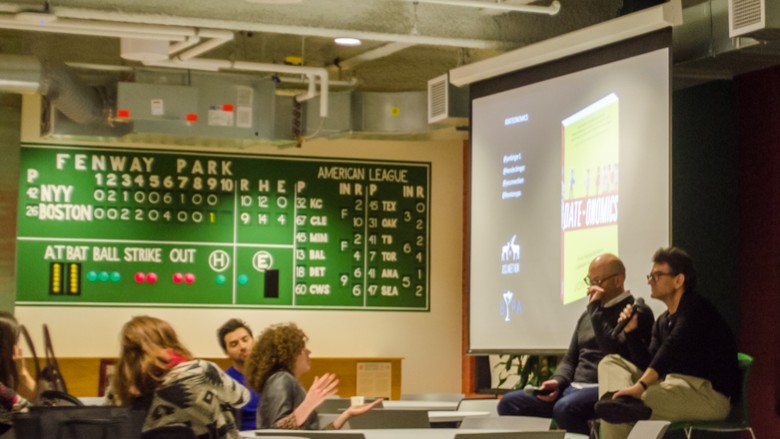

The message of a lot of these guides is that women are going about it all wrong. Q: What myths are you trying to dispel with this book and who is the audience?īirger: I’m trying to offer another take different from what all the conventional dating advice books offer up. His hope? That the book, out in September from Workman, provides some comfort to those who blame themselves. And he writes there’s no gender ratio divide when it comes to many rural versus urban areas, or small towns versus big cities. New York City, for instance, has 100,000 more women than men who are college educated and under 35, a fact not usually reported when dating-related issues are discussed in the media, Birger said. Married for 23 years with three kids, Birger said in a recent interview that he took on the economics, sociology and demographics of dating to help women realize that the hookup culture, a decline in marriage rates among the college educated and a dearth of marriage-worthy men willing to commit are byproducts of lopsided gender ratios. NEW YORK – Think “Freakonomics” and “Moneyball” if you run across “Date-Onomics,” a by-the-numbers book on dating that argues advice-givers who serve up tips for women on how to a find a man have it all wrong.īusiness journalist Jon Birger has crunched the data on hetero singlehood and blames massively off-kilter gender ratios - not whether you do or do not return his first text - for the woes of women looking for their Mr.


 0 kommentar(er)
0 kommentar(er)
